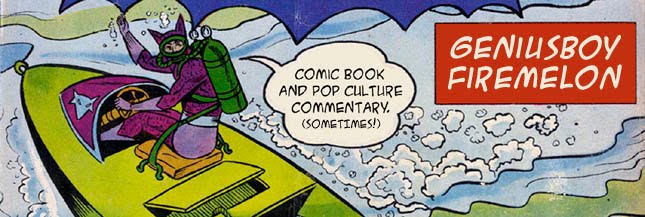
I bought a new sketchbook last week, not because I had filled up the old one, but because the old one was an unwieldy, sewn-binding, cloth-covered thing that wouldn't stay open very well for sketching and scanning.
The new one is wire-bound and smaller, easier to carry around and use and scan.
I did draw a few "Flash Gordon" sketches in the old book, but now I can't find it. You'd think a giant blue book would be easy to find, but I guess it's not. Especially when you have thousands of books it could be mixed in with.
So here are some images from the new book. Mostly inked with a practically dried-out brush pen. The two on the top from studies of the Checker "Flash Gordon" reprints, and the bottom two from the second volume of IDW's "Rip Kirby" hardcover series.
What struck me about trying to draw from the "Flash Gordon" strips was how hard it was to see what Alex Raymond was actually doing, through the years of degraded quality and then the imperfections of the Checker reprints. (It's like a color xerox of a color xerox, of a shoddy printing job to begin with.) Plus, I'm sure Raymond worked much, MUCH larger than print size, and the panels in "Flash Gordon" are tiny.
Another thing that struck me is that though my memory of Raymond's Flash work is that he had classical figures and imaginative scenery, when I was looking at the architectural designs I was surprised to see that his fantasy backdrops were almost Dr. Seussian. His backdrops had an organic strangeness that contrasted with the almost-Renaissance figure work. I know "cartoonish" can be a derogatory term, but in this case, Raymond's cartoonish quality helped to create a sense of wonder in his alien landscapes.
Contrast that with the bleak photorealism of "Rip Kirby," and it's as if there are two Alex Raymonds, each with a major impact on the look of comic books (and comic strips, of course). Obviously, Dave Sim has spent the better part of two years exploring the Alex Raymond photoreal style in his own study of the genre (or artistic mode), but I'm sure much more can be said about how much Raymond's "Rip Kirby" style impacted the look of late Silver Age and Bronze Age comics. That's not what I'm interested in doing here -- I'm interested in drawing and seeing what comes out of my pencil and inky tools -- but someone could tackle that topic, I'm sure. Maybe someone like you.
Me, I'm content to sketch away and leave such heady discussions for other parts of my life. Like writing Monday columns for CBR. Or arguing with Ron Marz and Dean Trippe on Twitter.
NEXT WEEK: Speaking of xeroxes of xeroxes (and after reading last month's "Doom Patrol" and "The Outsiders," and talking to Joe Casey about unpublished 1980s comics) I'm thinking that I might want to dive into some Keith Giffen. Maybe mimic some of the different phases of his career and see what it looks like filtered through my pencil. It just may be a very Ambush Bug Christmas!

No comments:
Post a Comment